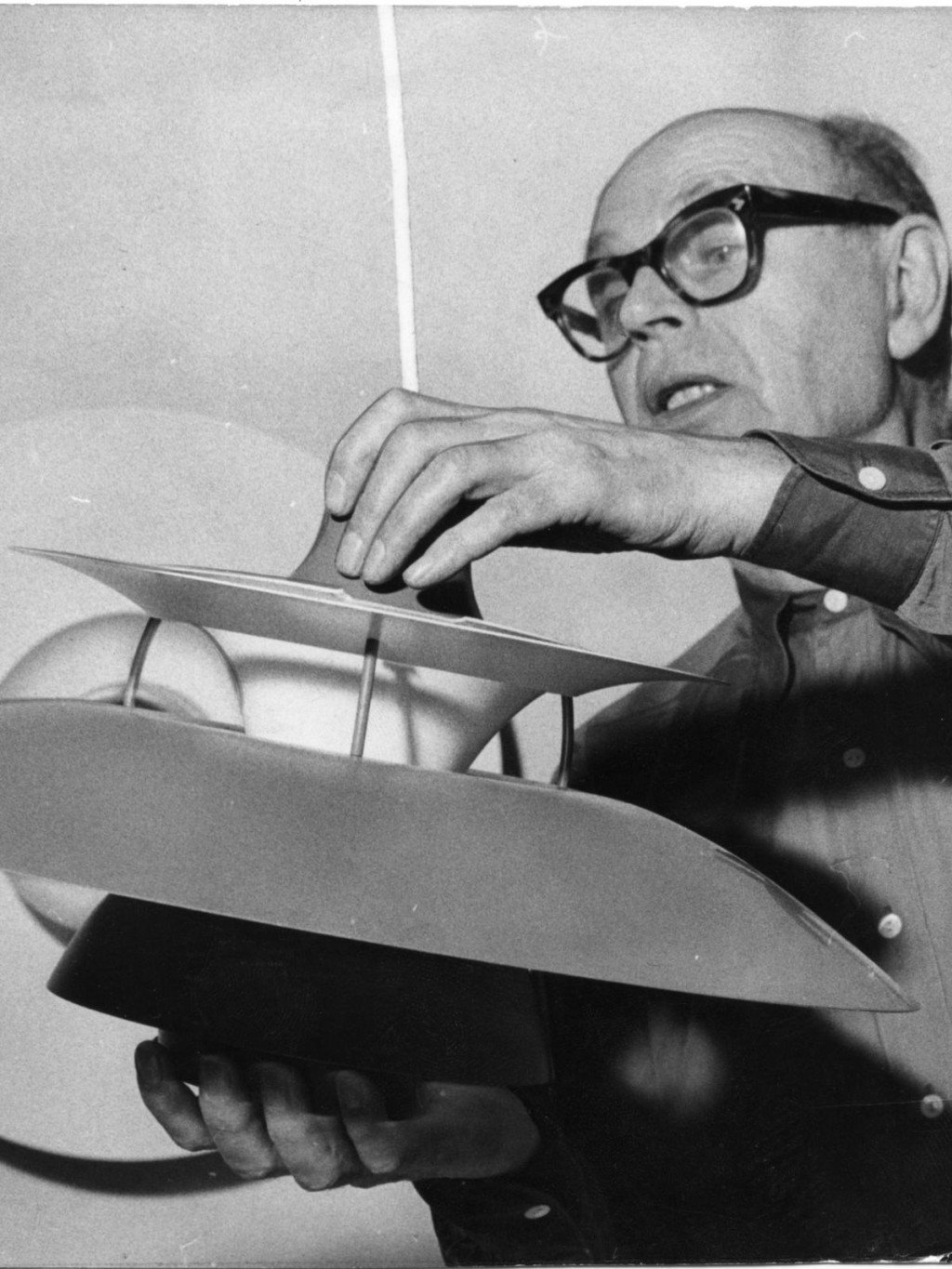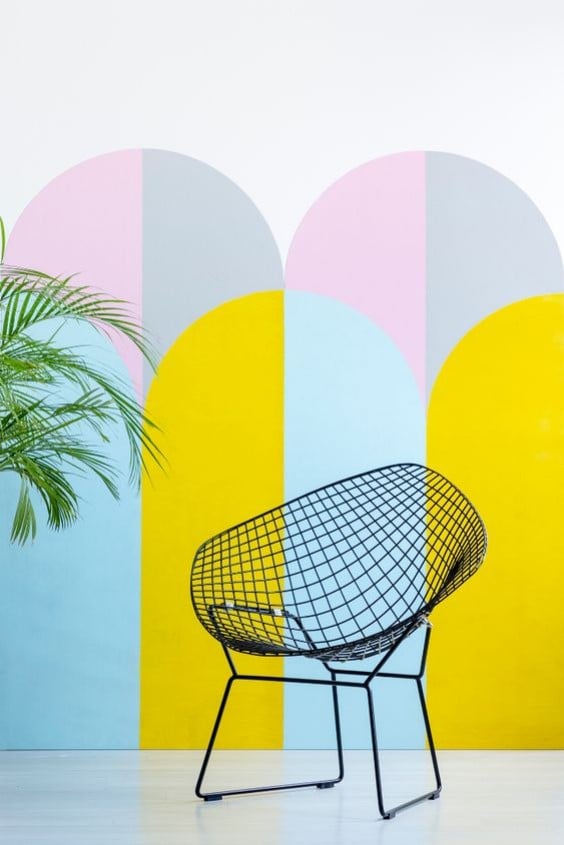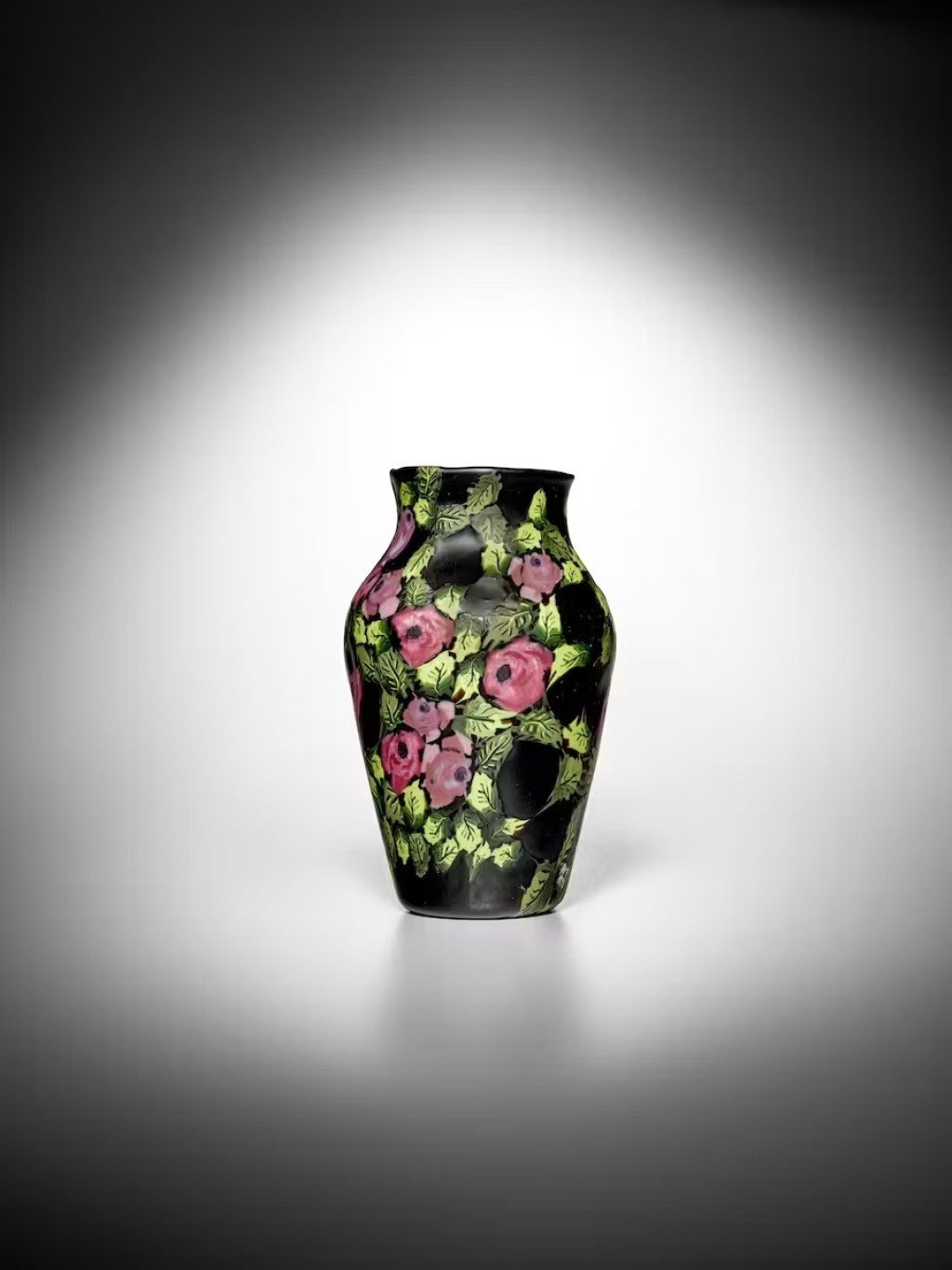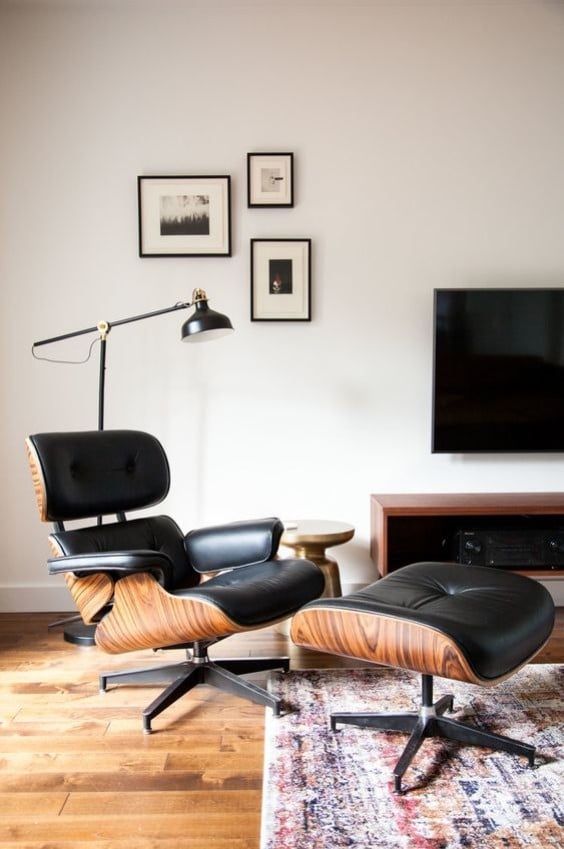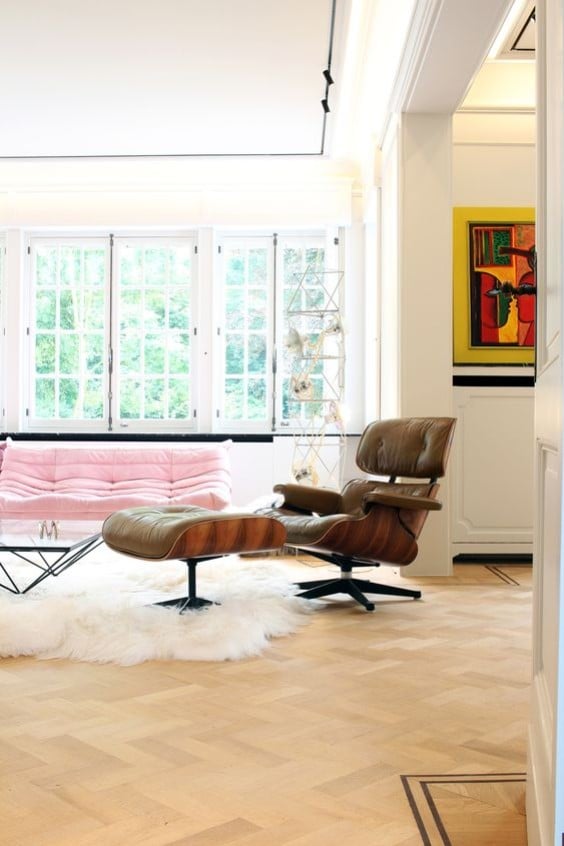In 2021, at the Salone del Mobile (Furniture Fair) in Milan, the haute couture house Dior invited 17
designers and artists to present "their" version of the famous Louis XVI-style medallion chair
designed by carpenter Louis Delanois in 1769. Timeless, a symbol of French elegance, the
medallion chair welcomed visitors to the famous haute couture house in its boutiques.
This anecdote to tell you that modern and contemporary designers have very often
inspired themselves from classic furniture to express their creative talent. A look back at classic or
modern designs revisited with boldness and taste!
In 1972, American-Canadian architect and designer Frank Gehry (1929) paid homage to Dutchman Gerrit Rietveld (1888-1964) and his radical creation, the Zig Zag chair. Made in 1934, this chair is incredibly close to the shape of the letter Z. With this chair, Rietveld applied the ideas of the Dutch De Stijl movement to which he belonged for a few years: "pure" and minimal forms in dynamic balance.

Gehry thus created the Wiggle Side Chair in 1972. As with its predecessor, the object created does not go unnoticed and its composition questions: cardboard plates are arranged at right angles and glued together. Surprisingly, the seat remains solid and the cardboard malleable enough to consider "S"-shaped curves.



Designer Alessandro Mendini (1931-1919) made it into Italian design legend with a piece of furniture that left no one indifferent. In 1978, he designed the Proust armchair, a strong tribute to the author of A la recherche du temps perdu. Since the idea of memory and time irrigates the work of the French writer, Mendini also decided to remember another era, and decided to bring the Regency-style shepherd's chair up to date.


What is Mendini doing? He delivers a version of a Regency shepherdess with exaggerated lines that incorporates small touches of acrylic paint, akin to the pointillism of painter Paul Signac. Kitsch work? baroque? one can variously appreciate the Proust armchair, but one thing is sure: it breaks with industrial design to allow a true artistic creation.



Photo credit: madd-bordeaux - Lysiane Gauthier

In 2002, Philippe Starck (1949) already proposed a re-reading of the Louis XVI-style medallion chair, for what would be a worldwide commercial success. The Louis Ghost chair takes up the aesthetic codes of the Louis XVI armchairs, but in all transparency! The seat borrows simple, straight lines and a tapered base from the original model, but it is made with polycarbonate injection in a single mold, a material that is both transparent and colored. The result: a work that is both baroque and modern.



You're probably familiar with the bistro chair made by the manufacturer Thonet. Made in 1851 by Michael Thonet (1796-1871), it has since traveled the world. The model n°14 of this chair designed in 1859 will make its international fame: small, elegant and discreet, it can be found in all European cafés. Anxious to maintain the legend, the German publisher has since declined a whimsical and mischievous contemporary model of its famous chair: the 214 K chair known as "Knot chair" which recalls the genius of its inventor for his mastery of the technique of bending beech wood.


In 2009, to celebrate the 150th anniversary of its 14 chair, Thonet teamed up with Japanese retailer Muji to come up with a sleeker version of its iconic seat. A collaboration that sees the English designer James Irvine, creative director at Thonet, imagine a version all in wood. Another collaboration around the 14 chair: with The Conran Shop, Thonet lets Italian designer Martino Gamper (1971) create several models derived from the original Thonet No. 14.


Among contemporary designers, the German Konstantin Grcic (1965), known for his nonconformism and creativity, revisits a living room classic: the famous Club chair. For the publisher Plank, he designs Avus, a seat of refined elegance that borrows from modern processed materials and innovative technologies from the automotive and sports industries.


Finally, I couldn't end this post without mentioning 2 icons of modern design that have the art world as their inspiration. The 1st one originates from the bronze sculpture Floating Figure, by French sculptor Gaston Lachaise, made in 1927. The designer couple Charles and Ray Eames declined their vision of the work in a seat with a terribly poetic organic design! Thus was born La Chaise in 1948...

Credit: Wikipedia

The second comes from the interest of its Italian creators, Achille Castiglioni and his brother Pier Giacomo in the concept of the "readymade" theorized by artist Marcel Duchamp. This is how they use and divert from their primary use of everyday objects. With the famous Arco floor lamp, inspired by a fishing rod and a car headlight, the Castiglioni brothers revive this concept. Ditto when they hijack a tractor seat to make a stool, or when they use a bicycle seat to make an adjustable high stool!




François Boutard

